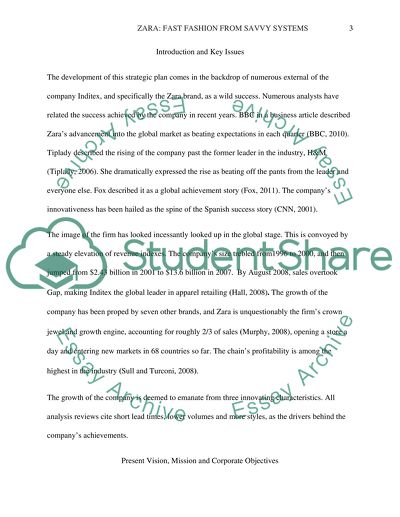Cite this document
(“Zara Fast Fashion From Savvy Systems Coursework”, n.d.)
Retrieved from https://studentshare.org/marketing/1441202-strategic-plan-of-zara
Retrieved from https://studentshare.org/marketing/1441202-strategic-plan-of-zara
(Zara Fast Fashion From Savvy Systems Coursework)
https://studentshare.org/marketing/1441202-strategic-plan-of-zara.
https://studentshare.org/marketing/1441202-strategic-plan-of-zara.
“Zara Fast Fashion From Savvy Systems Coursework”, n.d. https://studentshare.org/marketing/1441202-strategic-plan-of-zara.


